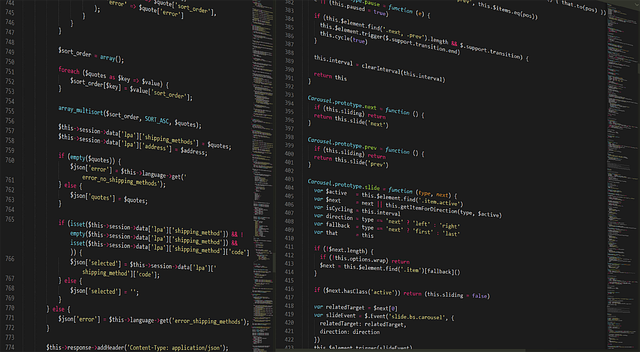The landscape of education is rapidly transforming, primarily driven by groundbreaking educational technology developments. With the advent of virtual reality (VR), augmented reality (AR), and the concept of the metaverse, the future of learning is not just about acquiring knowledge; it’s about experiencing it. These technologies promise to revolutionize how we think about teaching and learning, creating immersive environments where students can engage with their subjects in completely new ways.
Virtual reality has opened up new avenues for experiential learning. Imagine a biology class where students can explore the human body in a fully immersive 3D environment. They can interact with organs, observe their functions, and even explore complex biological processes up close, all from the comfort of their classroom. This hands-on experience fosters deeper understanding and retention of information, enhancing the educational experience beyond traditional textbooks and lectures.
Similarly, augmented reality adds layers of information to the real world, enriching the learning process. With AR, students can use their smartphones or augmented reality glasses to bring static images to life. For example, in a history lesson, students might point their device at a picture of an ancient civilization and, in real-time, see animations of how those people lived, the architecture they built, and important historical events unfold around them. This immersive storytelling not only captivates students but also helps them grasp complex concepts more intuitively.
In addition, the metaverse represents an expansive digital universe where educational institutions can create virtual campuses. Students can attend lectures, interact with peers, and engage in collaborative projects in a shared virtual space. This new dimension of learning can break geographical barriers, allowing students from various parts of the world to come together, share perspectives, and learn from one another, all while interacting in a 3D space that mirrors real-world settings.
Furthermore, these advancements in educational technology not only enhance engagement but also cater to different learning styles. Visual learners can benefit from VR and AR experiences, while collaborative tools in the metaverse can support group projects, benefiting social learners who thrive in interactive environments. The personalization of education is a promising aspect of these technological developments, ensuring that every student, regardless of their learning preferences, can find pathways to success.
As we look ahead, the integration of these technologies in education is not merely an enhancement; it is a necessity. Institutions that embrace these educational technology developments will not only captivate students’ attention but will prepare them for a future that increasingly relies on tech-savviness. The world is evolving, and so must our methods of teaching. By harnessing the potential of VR, AR, and the metaverse, we can create vibrant, interactive learning ecosystems that inspire curiosity and foster a love for learning in students of all ages.



